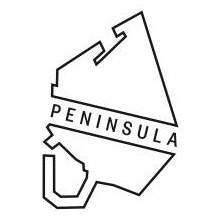SACRED GEOMETRY
Tamara Gonzales, Elisabeth Kley, and Robert Storr
Curated by Gina Mischianti
June 14 - August 2, 2025
Opening Reception: Saturday June 14, 6-9 PM
READ THE PRESS RELEASE HERE
Installation Image of “Sacred Geometry”
Photograph by Yanmei Jiang
Installation Image of “Sacred Geometry”
Photograph by Yanmei Jiang
Installation Image of “Sacred Geometry”
Photograph by Yanmei Jiang
Installation Image of “Sacred Geometry”
Photograph by Yanmei Jiang
Installation Image of “Sacred Geometry”
Photograph by Yanmei Jiang
Installation Image of “Sacred Geometry”
Photograph by Yanmei Jiang
Installation Image of “Sacred Geometry”
Photograph by Yanmei Jiang
Installation Image of “Sacred Geometry”
Photograph by Yanmei Jiang
Installation Image of “Sacred Geometry”
Photograph by Yanmei Jiang
Installation Image of “Sacred Geometry”
Photograph by Yanmei Jiang
